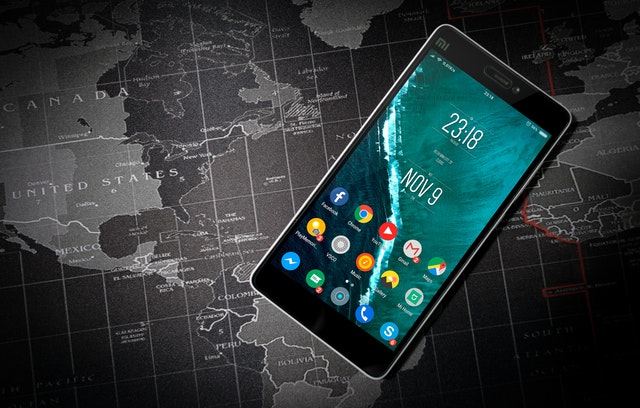Smartphone upgrade cycles have evolved significantly over the years, influenced by various factors including technological advancements, market saturation, and consumer behavior. Understanding the differences in upgrade cycles between regions like the United States, Europe, and Asian countries such as China, Japan, and South Korea provides valuable insights into global market dynamics.
United States
In the United States, the average smartphone upgrade cycle has lengthened over the past decade. Historically, American consumers upgraded their smartphones every 18 to 24 months, driven by carrier contracts that often incentivized frequent upgrades. However, recent trends indicate that Americans now wait closer to 3 years before purchasing a new device. This change has been caused by several factors:
- Increased Device Durability: Modern smartphones are built to last longer. Hence, there is less for frequent replacements.
- Incremental Upgrades: The differences between successive smartphone generations have become less dramatic, diminishing the urgency to upgrade.
- Economic Considerations: Higher flagship smartphone prices have makes users to hold onto their current devices a bit longer to maximize their investment.
Europe
European consumers exhibit similar trends to their American counterparts, with an average upgrade cycle of approximately 2.5 to 3 years. However, some distinctions are notable:
- Carrier Influence: Unlike the U.S., where carrier contracts play a significant role, many European consumers purchase smartphones outright or through flexible financing options, which can influence upgrade frequency.
- Environmental Awareness: Europeans tend to be more environmentally conscious, with a growing emphasis on reducing electronic waste. This awareness encourages consumers to extend the lifespan of their devices.
Asia: China, Japan, and South Korea
The upgrade cycles in Asian countries like China, Japan, and South Korea are generally shorter compared to the U.S. and Europe, although the duration varies by country.
China
Chinese consumers upgrade their smartphones roughly every 18 to 24 months. This shorter cycle is driven by a highly competitive market with rapid technological advancements and frequent new releases from major brands like Huawei, Xiaomi, and Oppo. Additionally, the desire to stay at the forefront of technology and social status considerations play significant roles.
Japan
In Japan, the average upgrade cycle is around 2 years. The Japanese market is characterized by a high level of brand loyalty, particularly towards domestic brands like Sony and Sharp, as well as foreign brands such as Apple. The rapid adoption of new technologies and features, coupled with a culture of technological enthusiasm, encourages more frequent upgrades.
South Korea
South Koreans upgrade their smartphones every 18 to 24 months on average. South Korea’s position as a technological hub, home to major players like Samsung and LG, ensures a steady stream of innovative devices. The strong consumer appetite for the latest technology and a robust infrastructure supporting quick adoption of new features contribute to shorter upgrade cycles.
The average smartphone upgrade cycle varies significantly across different regions, influenced by cultural, economic, and technological factors. Americans and Europeans tend to hold onto their devices for around 3 years, while consumers in China, Japan, and South Korea upgrade more frequently, typically every 18 to 24 months.
Understanding these differences is crucial for smartphone manufacturers and marketers aiming to tailor their strategies to regional consumer behaviors. As technology continues to advance and consumer preferences evolve, these upgrade cycles may shift further, reflecting the dynamic nature of the global smartphone market.

